Hey Babes, as you well know, weight loss surgery is a major life decision and should not be taken lightly. One of the reasons that it is such a big deal is that your surgery impacts your eating for the rest of your life – that’s a long-term investment!
And let me tell you: I’m speaking from personal experience! I’m Jamie, a registered dietitian, and bariatric patient, five years post-op.
One important change you will have to make when going through this process is learning the right portion size for eating meals after your surgery. At first, this can feel like a daunting task — but with enough knowledge and planning, discovering the best portion sizes for you and your needs after gastric sleeve or other types of surgical weight-loss procedures can become second nature.
Read on as we discuss everything you need to know about portion sizes following your procedure!
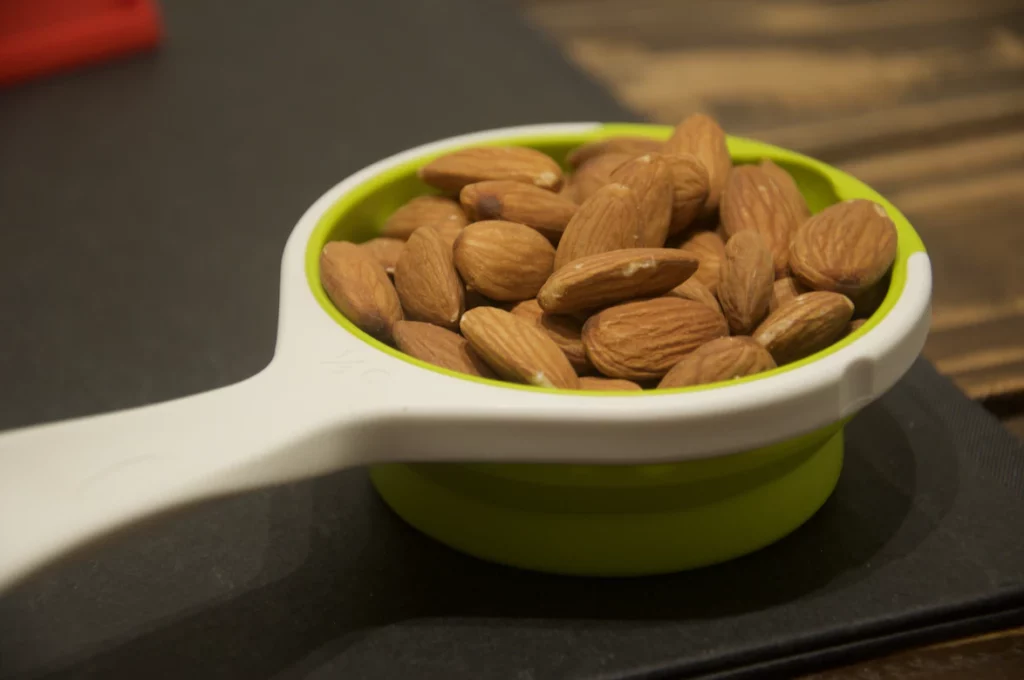
What is weight loss surgery?
Weight loss surgery, such as gastric sleeve, is a procedure that alters the size of your stomach and helps you eat less (1). Weight loss surgery can help you reach a healthy weight and maintain it.
Portion sizes after gastric sleeve are different than before surgery. And if you push it, eating too much may cause you to feel discomfort, bloating, and even something called dumping syndrome (2).
But not eating enough, or enough of the right nutrients (ahem, protein) can lead to malnutrition, nutrient deficiencies, and symptoms like hair loss (3).
(BTW – hair loss is a pretty common occurrence after weight loss surgery. While you probably can’t avoid it completely, I have some tips and strategies to minimize your hair loss and some tips to feel like a knockout while you’re going through it. Check out this post for the whole scoop: ADD LINK HERE).
That’s why paying close attention to both the portion size of what you’re eating as well as what you’re actually eating matters, a lot.
Your surgical team will be able to provide you with specific guidelines and tools to help you get started with this new way of eating, but here is what you might expect.
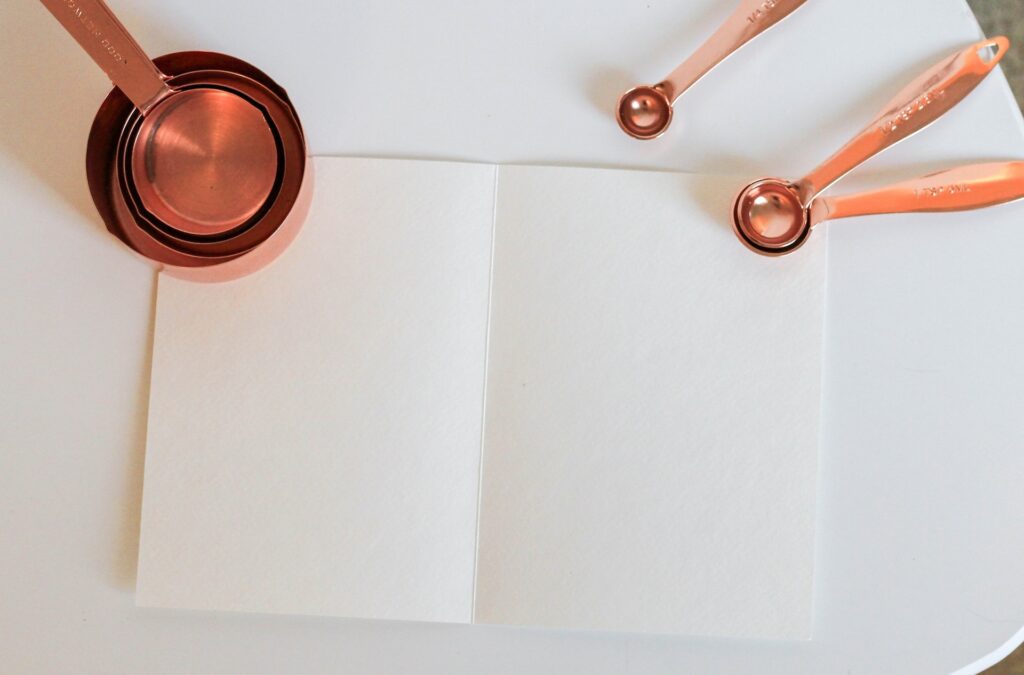
How we measure food
When we are talking about portion sizes after weight loss surgery, we can measure them in two different ways:
Volume: this is like using a measuring cup to measure flour for a recipe. This is a measure of how much space the food takes up.
Weight: weight is another way to measure the portions of your food. You can use a food scale to measure the weight of your food (they’re pretty cheap on Amazon, BTW).
In this article, I’ll share guidelines for both the volume and weight of foods, so you can pick the best measure for you. Personally, I like to weigh my food on a scale, but you’re welcome to choose what makes the most sense to you.
No matter which method you tend to choose, keep in mind that some foods are denser than others.
For example, 3 ounces of chicken is much more dense than 3 ounces of popcorn. So while 3 ounces of chicken might be a totally doable volume of food (about the size of a deck of cards), 3 ounces of popped popcorn might be far too much volume for your new stomach…even though the snack weighs the same as other portions of food that are just fine. Just make sure to use common sense in addition to your favorite way to measure the portions of your food.
Right after surgery
Right after surgery is when eating is going to feel the most strange; you’ll only be drinking clear liquids as your stomach heals, and then progress to thicker liquids.
Once you get the thumbs up from your surgical team, you’ll start with very small portions of pureed foods. As your stomach and body heal, you’ll be able to tolerate teeny tiny amounts of solid foods.
Hydration will always be on your mind, and it can be easier said than done now that your stomach is so small and you’re no longer supposed to drink anything with your meals. Here are all of my best hydration tips in one comprehensive post: 6 Tips on How to Stay Hydrated After Gastric Sleeve.
Before too long, you’ll be able to start eating solid food again, just in smaller portions. Here’s what to expect.
Portion sizes during the first few months
For the first few months after your weight loss surgery (WLS), you may only be eating 2-4 ounces at a time or about ¼ cup, by volume.
This is going to feel like a big change! But keep in mind that these smaller portions will help you to make progress on your weight loss goals right away. You’ll be prioritizing protein at each meal; whether that’s eggs at breakfast, chicken or beef at lunch, or fish for dinner. You and protein are gonna be good friends!
And over time, you WILL be able to eat more. Hang in there!
Portion size 6 months after gastric sleeve
As you get closer to the six-month mark after your weight loss surgery, you may be able to comfortably tolerate 4-6 ounces of food at a meal or about ½ of a cup at your meals. You’ll continue to prioritize protein and have just a bit more wiggle room with the sides.
Between the six and twelve-month marks of surgery, your portion sizes will continue to slowly expand to reach about one cup per meal.
And don’t forget hydration between meals!
Portion size 1 year after gastric sleeve and beyond
Once you reach the first anniversary of your surgery, my hope for you is that you’re feeling good and like you’re in a good routine with your eating.
For many of us, we can have around 8-12 oz. of food (or 1 to 1.5 cups of food using the volume method) on an ongoing basis.
While what I shared above is typical of my T.R.I.B.E. members and my own personal experience after my weight loss surgery, your pace might be different and that’s OK. It’s OKAY to eat more sooner after surgery, too. Everyone’s portions and pace are going to be different, these are just averages. It’s important to listen to your body and progress your diet as you and your body are ready.
No matter what your personalized portions are, let’s do a quick review of what it means to build a nourishing, balanced plate so that you’re giving your body what she needs on a regular basis. The right nutrition takes practice, but when you get it right, your physical and mental health will blossom.
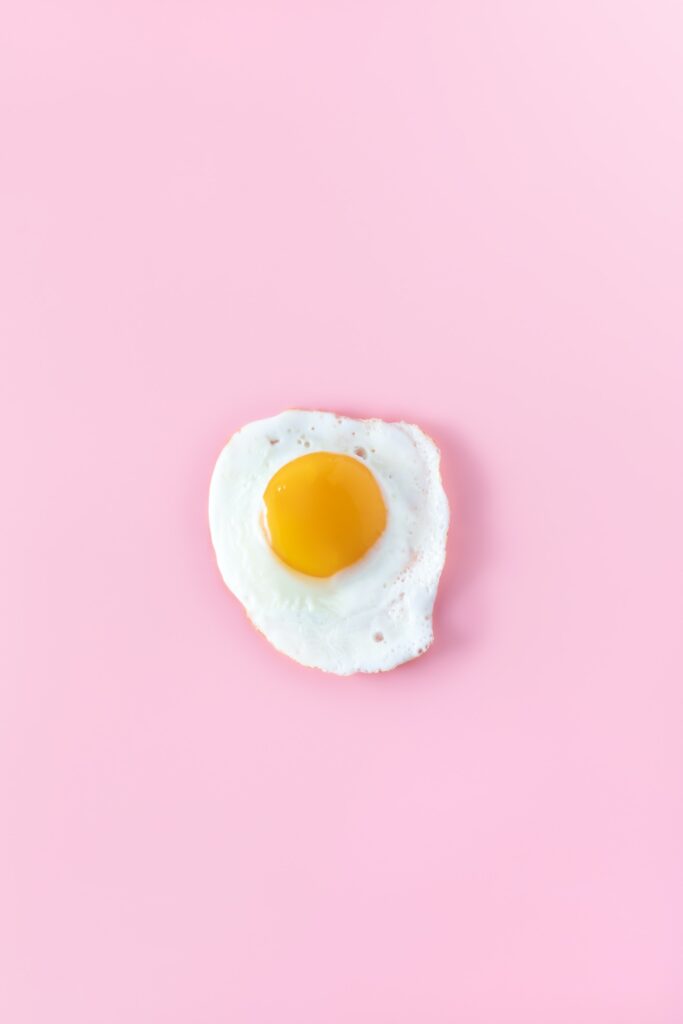
Fix yourself a balanced plate
First things first: please be sure to listen to the advice and guidance of your surgical team.
In addition, listen to your personal hunger and fullness cues. If you are within the first year of your WLS journey, you probably won’t be able to accomplish a full/well-rounded plate and that’s okay! I never want you eating past your fullness cues.
As your stomach changes, eventually, you’ll be able to eat a balanced plate that is the right-sized portion for you.
Step 1: Protein – half of the plate. I recommend aiming for about 3 ounces of protein. Choose that protein-rich food first and eat it first, too. (P.S. protein may be the only thing that you’re able to tolerate for a while during this first year – that’s OK!)
If you are hungry after the protein portion, the next most important food is fiber-filled veggies.
Step 2: High-fiber veggies – ¼ of the plate. Which veggies do you love the most? In this section of your plate, we’re looking at asparagus, zucchini, onions, peppers, broccoli, and other non-starchy veggies. While potatoes and beans are technically veggies, we plug them into other sections of our bariatric plate.
Step 3: Carbs – ⅛ of the plate. I recommend that you choose high-fiber choices most of the time, such as beans, oats, whole-grain bread, peas, and corn.
Step 4: Fats – ⅛ of the plate. Fat helps to keep you satisfied for longer. This section of the plate might include olive oil, avocado, nuts, seeds, and butter.
It’s OK to eat more
…but what if you’re still hungry? Eat!
Even though there are a lot of guidelines to pay attention to, I don’t want you to fear food.
At the end of the day, what’s most important is the quality of your food more than the quantity.
This means that I recommend you focus more on whole foods, especially protein, and veggies, most of the time. That doesn’t mean you aren’t able to have refined carbs or slider foods (aka the snacky foods), it just means figuring out how to work them into your plates and your routine so that old habits aren’t sneaking back in.
Although it is tempting, keep your eyes on your own plate and don’t compare what you’re eating to others. You might be in different places on your journey and your stomach size after surgery might not even be the same.
Did you know every surgeon cuts differently? It’s called a “bougie” size and it was something that surprised me as I was investigating weight-loss surgery for myself. I would have assumed that there was a standard size – did you make the same assumption?
That’s a wrap
You’re unique and on your own personal journey. It’s okay if you can eat more or less than someone else; not everyone’s portions are the same, and it’s important to eat enough to keep YOU full and satisfied.
I know from personal experience and from helping 1,000s of women on their bariatric journey that food can feel complicated and full of emotions. The journey through and beyond bariatric surgery is intense, but it is so much better when you’re in a community of people who get it. That’s why I created The TRIBE; to connect with and empower people like you!
Check out The TRIBE Membership today; we’re ready to welcome you to the group!



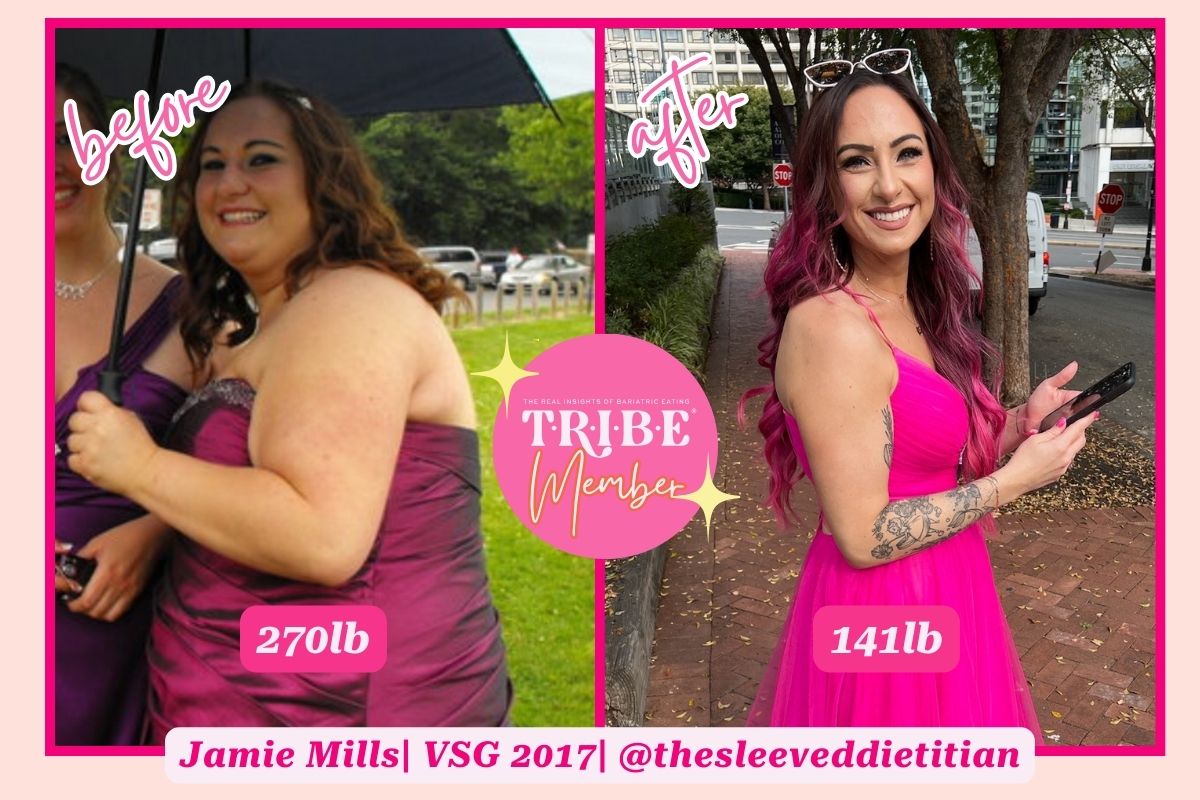

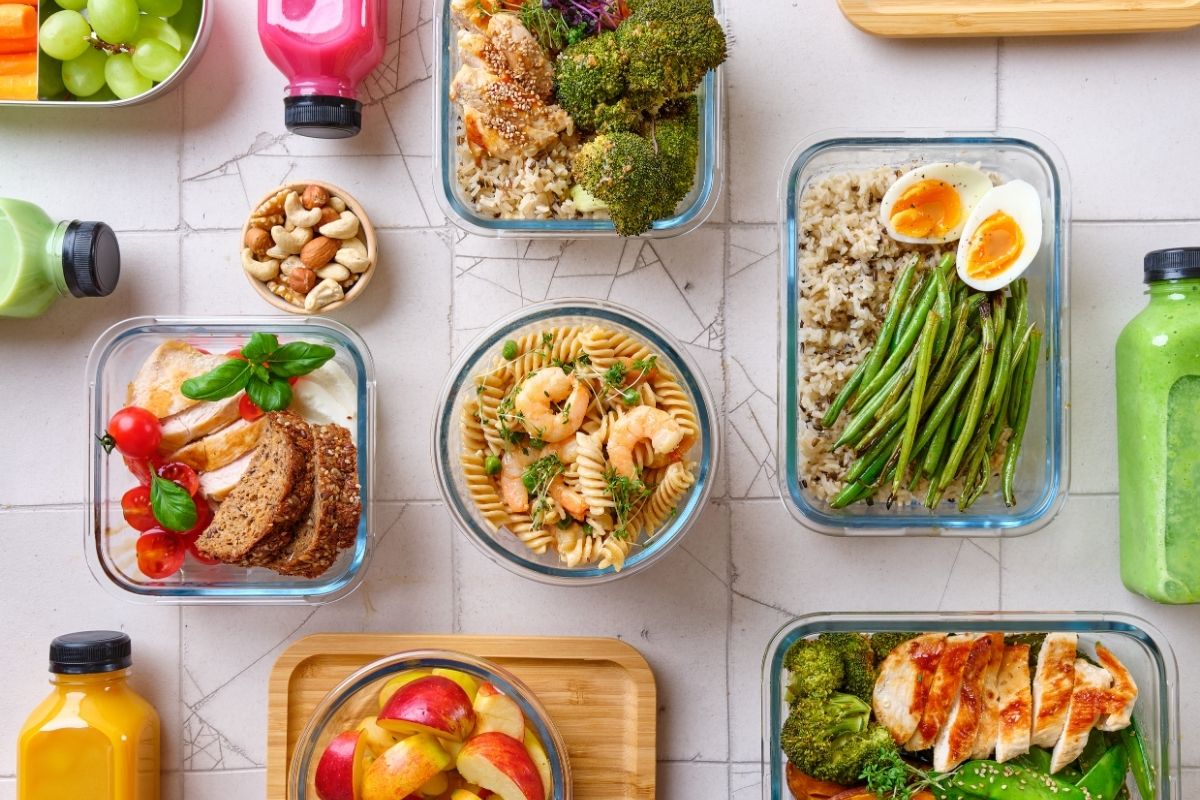
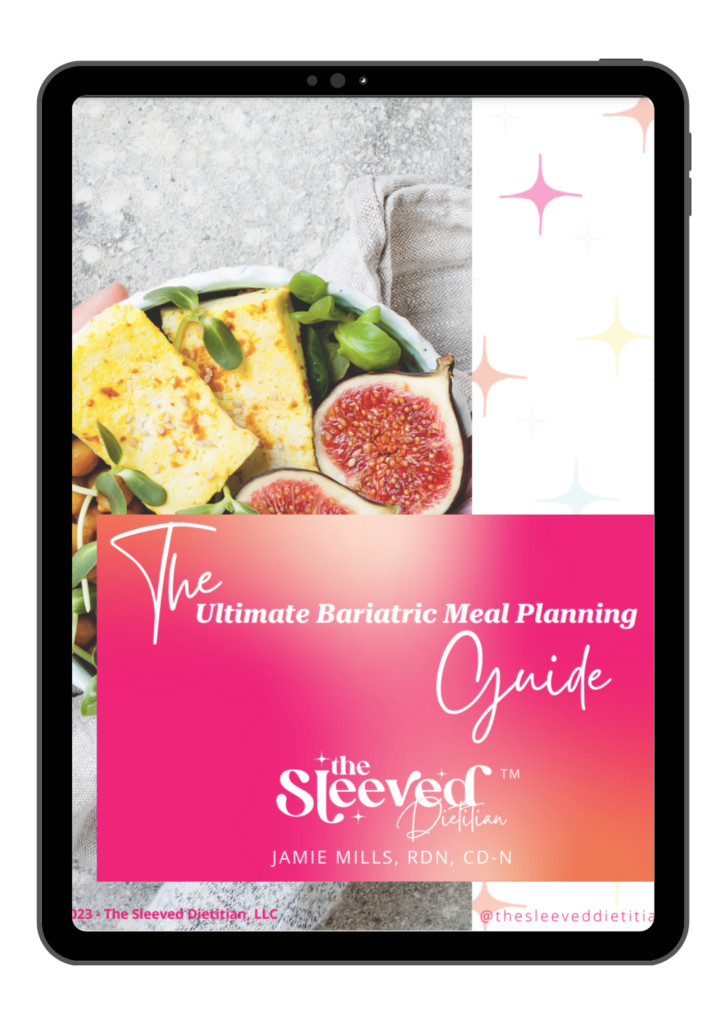


4 Responses
If I cannot keep weight off throughout all my years of WW and other weight loss plans, why would this “ tool” be the game changer?
Such a good question! Traditional diets and weight loss plans are only targeting lowering the calories or amount of food you’re taking in. Which yes, being in a calorie deficit is essential for weight loss. However, obesity is a disease, and there are many different elements to it. When it comes to having weight loss surgery you’re not simply restricting portions and calories, but it’s a true metabolic procedure. This means, that hormones that drive hunger and decrease satiety are targeted. Ghrelin, which is the hormone responsible for hunger, is removed or bypassed which makes it so much more sustainable to stick to the smaller portions. Between the hormonal shifts and this “built in” system for portion control, most surgical weight loss patients are able to keep most of the weight of long term. This is why weight loss surgery is the gold standard for treating clinical obesity.
6 weeks post VSG and am just as hungry as before. Why is this?
Hey Tamiko, it’s hard to say since everyone is different, but in my experience, many people still feel hunger after surgery before they’re back to a full solid diet. It’s possible that since you may still be on liquids or lots of soft foods you’re not fully feeling your fullness just yet. I would also make sure that you’re eating high protein high fiber meals. You may want to check out this blog post if you’re struggling with meal planning.